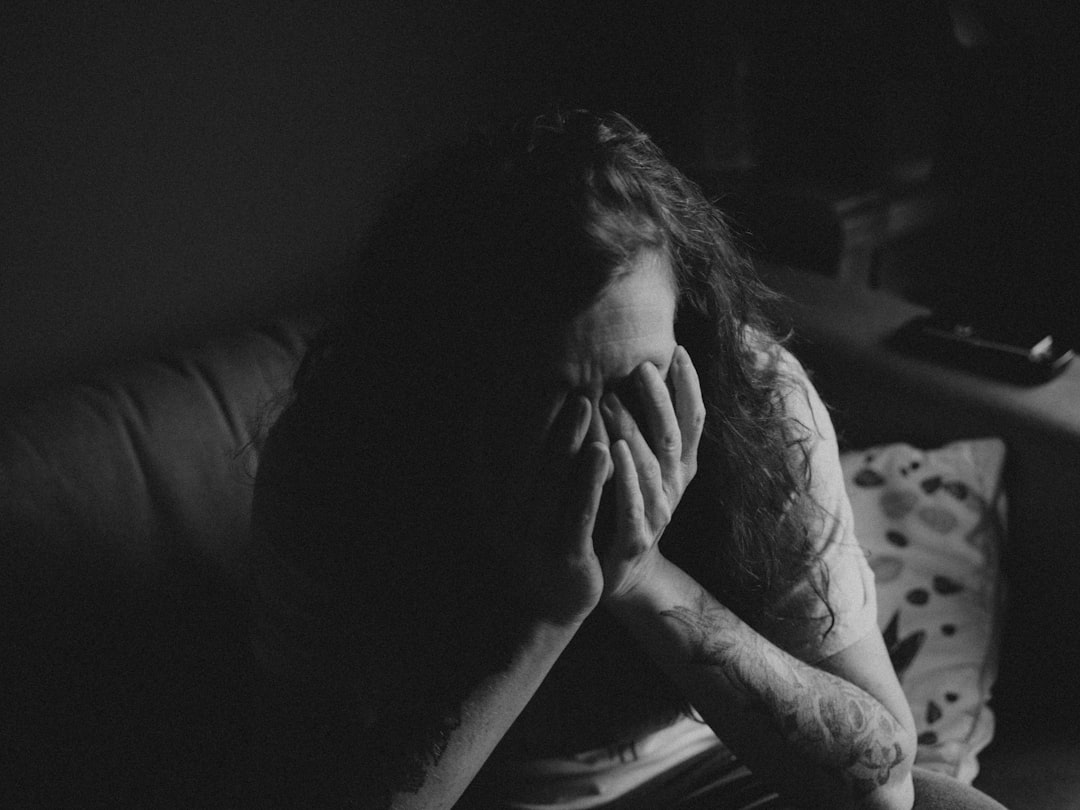What is it about?
In Tokyo, it is believed that there are not many homeless people. Is this really true? The definition of the homelessness in Japan is only those living on the street. On the other hand, social security is generous, and it is easy to have a roof over one's head. Therefore, the number of street homeless people is small, and the statistics also show a small number of homeless people. This study reveals the overlooked population, i.e., sheltered homeless people.
Featured Image

Photo by Clay LeConey on Unsplash
Why is it important?
One-third of the homeless persons in the shelter had mental illness, came after discharge from a psychiatric hospital, and their average age was 65 years old. After deinstitutionalization in Japan, there may be a lack of places that are inclusive of the older people with mental illness.
Perspectives
The mission of psychiatry is to include those who are overlooked and excluded. This study sheds light on those who are overlooked because of Japan's well-functioning social security system. The study also pointed out the aging of the homeless population, and it has since been reported that homeless people are aging in various countries and that an increasing number of people are becoming homeless for the first time in their old age.
Tsuyoshi Okamura
Read the Original
This page is a summary of: Characteristics of Individuals With Mental Illness in Tokyo Homeless Shelters, Psychiatric Services, December 2015, American Psychiatric Association,
DOI: 10.1176/appi.ps.201400517.
You can read the full text:
Contributors
The following have contributed to this page










